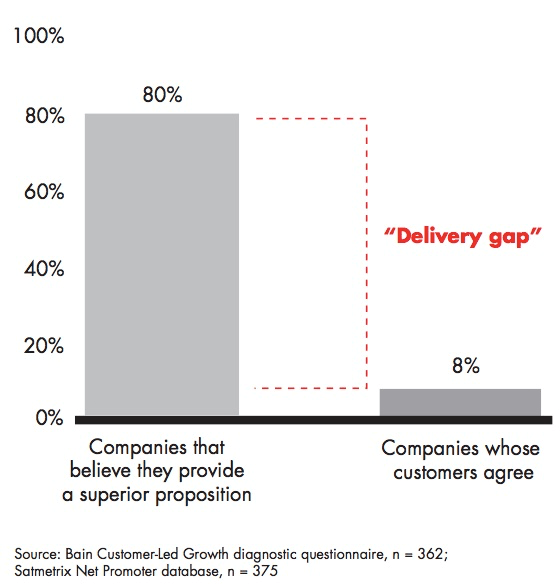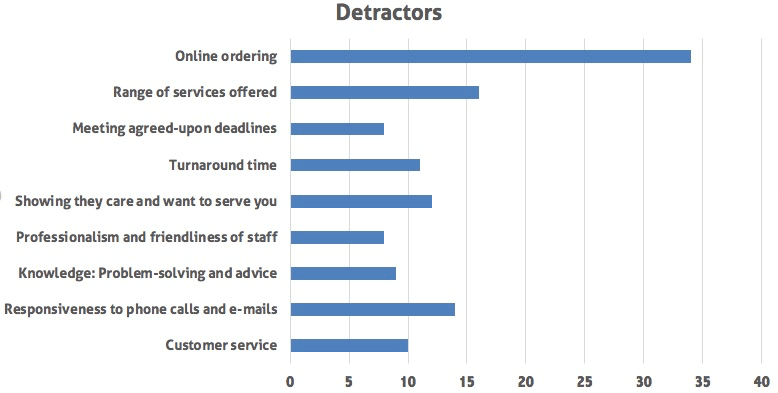- Howie Fenton
- |
- March 15, 2019
Most companies believe that they offer superior customer service as well as a better customer experience (CX). CX has become the hot topic and is defined by Forrester Research as, "How customers perceive their interactions with your company." Gartner offers a longer definition which is, "The customer's perceptions and related feelings caused by the one-off and cumulative effect of interactions with a supplier's employees, systems, channels or products." This is the first in a series of articles that talks about the role of software automation in enhancing superior customer service as well as the CX.
Most companies think they offer great customer service but don't. Not believing surveys or focus groups is not unusual; in fact, it's often the norm. In our experience, 3 of 10 companies strongly disagree and push back when they see the results of our customer survey or focus groups. They tell us how well staff handle complaints, they push back on the conclusions and don't investigate or correct problems that are uncovered in a survey. Often their complaints are based on results from their own surveys or focus groups which have resulted in higher marks, typically due to a lack of experience with survey design and analytics.

According to a Bain white paper, 80% of companies say they deliver superior customer service, but less than one out of ten (8%) of customers think these companies deliver superior customer service.
A Poor Website Experience Can Close In-Plants
The other common mistake is underestimating the importance of ease of use in your online ordering experience. A few years ago, we were called by an administrator of a university who was considering closing down an in-plant because of growing customer complaints and their ability to break even financially.
While working with them, we identified problems– production bottlenecks, a poor physical plant layout, and a quality control issue– that were reducing their productivity and ability to break even. Once pointed out, this was easily remedied. More importantly, our survey identified complaints about their online ordering software which drove many customers to buy outside and pay higher prices. This was a more significant issue.
One of the tools we use is the survey strategy called the net promoter index (NPI). This is a measure known as the customer loyalty metric and developed by Fred Reichheld from Bain. It was first introduced by Reichheld in his 2003 Harvard Business Review article, The One Number You Need to Grow.
The most important benefits of this method derive from simplifying the NPI score which separates customers into fans which are "Promoters" and the "Detractors," which are neutral or dissatisfied. Sometimes the detractor score alone tells an important story.

The figure above shows the detractor scores, which were the responses that were answered as average, below average, or poor. What becomes obvious are the detractor scores about online ordering. The good news is that this in-plant manager did not push back. He listened and immediately took action to overcome the bottleneck, fix the quality issue and physical plant layout, immediately increasing productivity. More importantly, he upgraded the Web to print software and improved the customer experience.
Listen and Act
The main point is that customer service and the customer experience can be measured and improved. The four important lessons are:
- Stop pushing back, making excuses and ignoring feedback
- Understand that part of the customer experience is the online ordering experience and ensure that it’s easy for your customers to use
- Identify the root causes of each problem and
- Take action and address each issue and improve
The in-plant just described is still in place today because the manger took action on the data.
In our next article, we will explore how Important Web to print is to your customer experience.